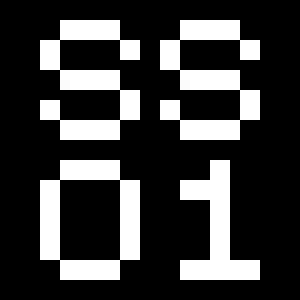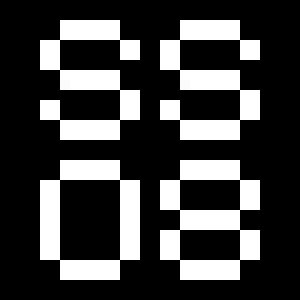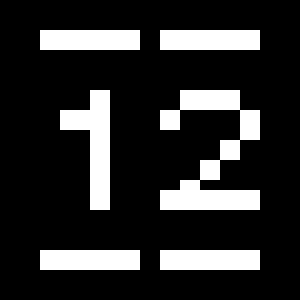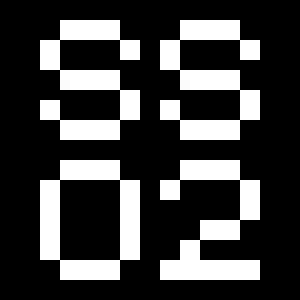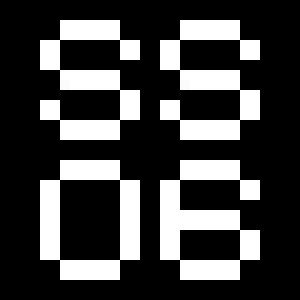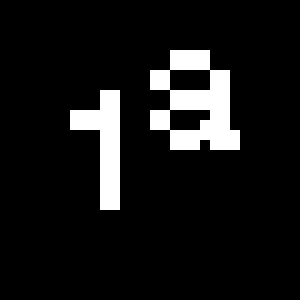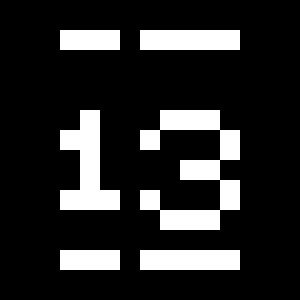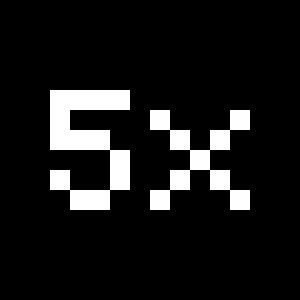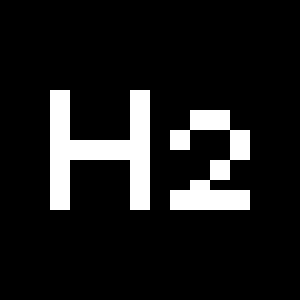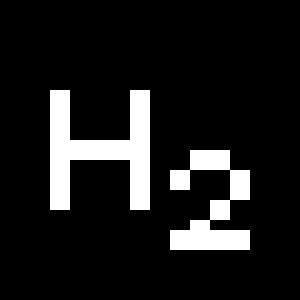Px Grotesk
Px Grotesk Mono
OpenType Features
«Optimo»
@|¦()[]{}¿¡‹›«»-–—·
«OPTIMO»
@|¦()[]{}¿¡‹›«»-–—·
info@optimo.ch
info@optimo.ch
0 %
0 %
0123456789
0123456789
←↖↑↗→↘↓
←↖↑↗→↘↓
3/4 3/8 5/8 7/8
3/4 3/8 5/8 7/8
up+down
+±×÷−=≈≠¬∞
up+down
+±×÷−=≈≠¬∞
abcdefgh
ijklmnop
qrstuvwxyz
abcdefgh
ijklmnopq
qrstuvwxyz
H0123456789()[]
Habcdefghijklmn
Hopqrstuvwxyz
H0123456789()[]
Habcdefghijklmn
Hopqrstuvwxyz
H0123456789()[]
Habcdefghijklmn
Hopqrstuvwxyz
H0123456789()[]
Habcdefghijklmn
Hopqrstuvwxyz
Habcdefghijklmn
Hopqrstuvwxyz()[].,
Habcdefghijklmn
Hopqrstuvwxyz()[].,
Habcdefghijklmno
Hpqrstuvwxyz()[].,
Habcdefghijklmno
Hpqrstuvwxyz()[].,
fi ffi fl ffl ff
fi ffi fl ffl ff
Character Map
Uppercases
Lowercases
Accented Uppercases
Accented Lowercases
Standard Ligatures
Punctuation
Lining Figures
Slashed Zero
Numerators
Denominators
Superscripts/Superiors
Subscripts/Inferiors
Prebuilt Fractions
Symbols
Mathematical Symbols
Currencies
Arrows
Alternate arrows
Ordinals
Ornaments
About
In recent decades, typography and screen technology have been intertwined. While digital screens continue to pose an ongoing issue for designers, Nicolas Eigenheer explored the potential of the limitations of pixels and how new typographic forms could be created from the parameters they impose.
Px Grotesk was designed from the rendering of typographic curves on screens. At smaller sizes, pixels sometimes brutally simplify shapes. Taking this paradox as his starting point, Nicolas Eigenheer designed a typeface that embeds a pixel-grid structure into a classic, optically adjusted drawing. The result of this method is a series of hybrid shapes that combine formal solutions from both domains. The signature pixelated look is preserved in the typeface and creates a contradictory relationship between a grid and a flexible line.
Px Grotesk has an unprecedented aesthetic with solid grotesque roots and works well both on screen and in print. Its geometrical simplification offers a spectacular legibility and sharpness at smaller sizes and reveals a sophisticated drawing at bigger sizes.



